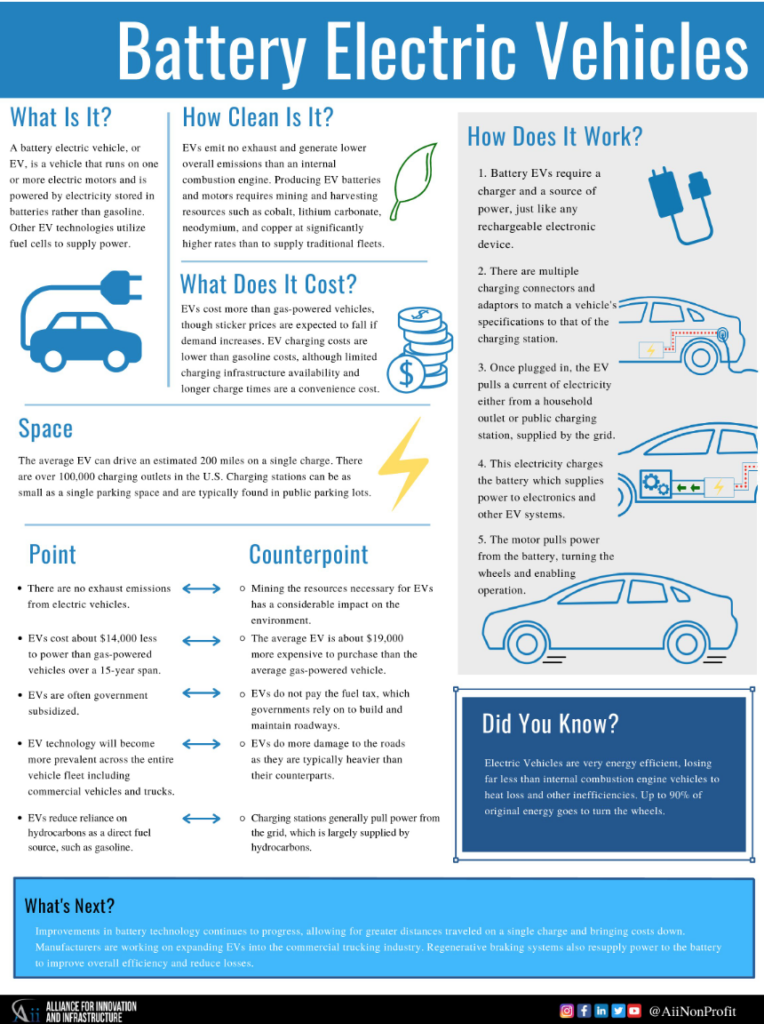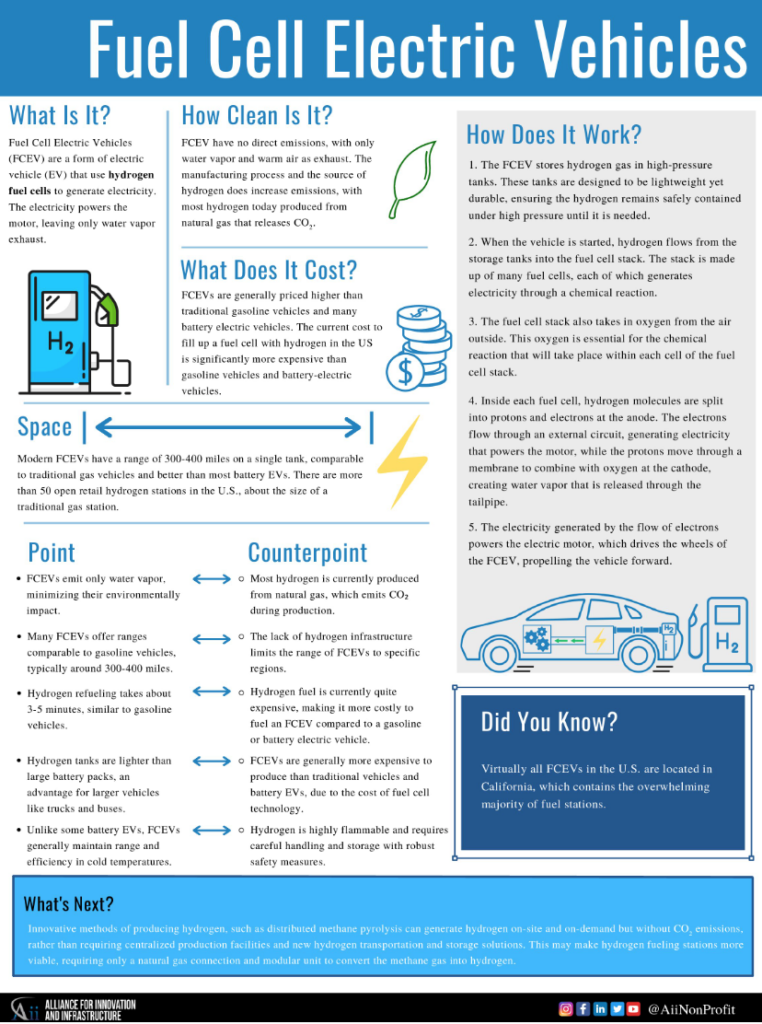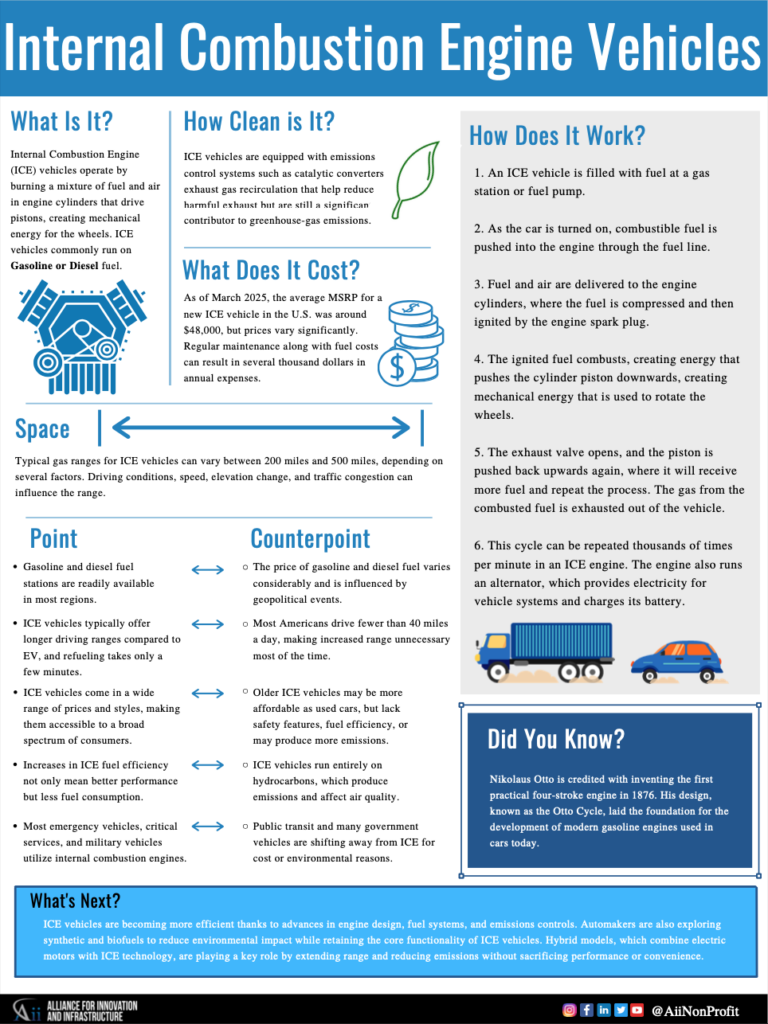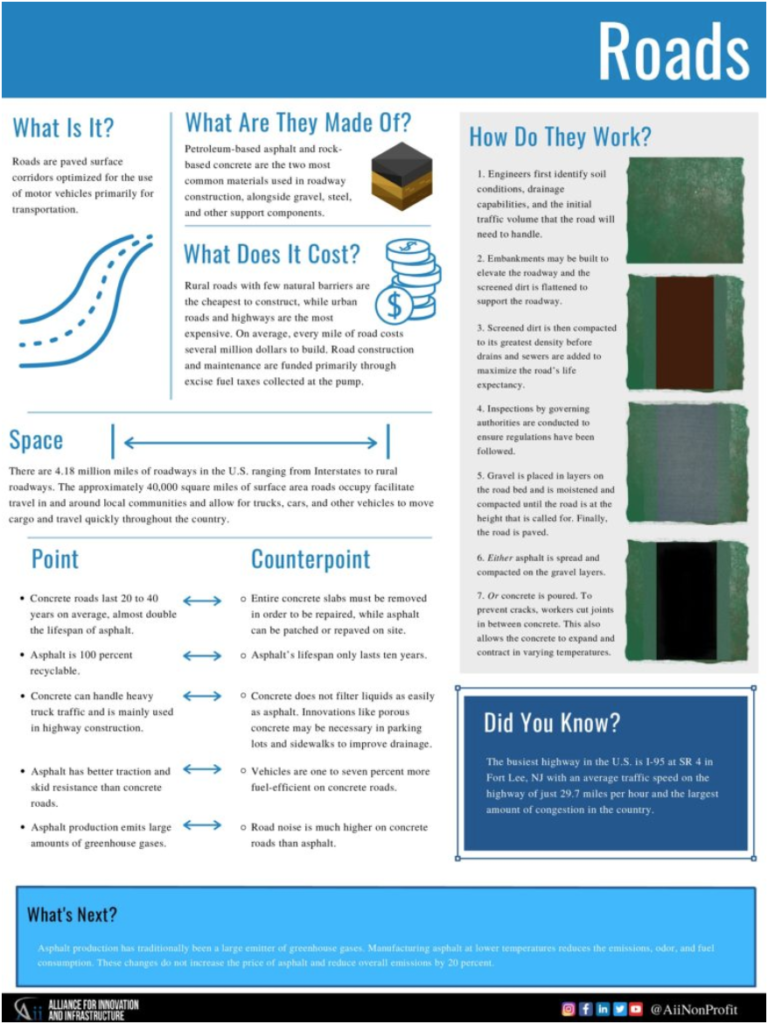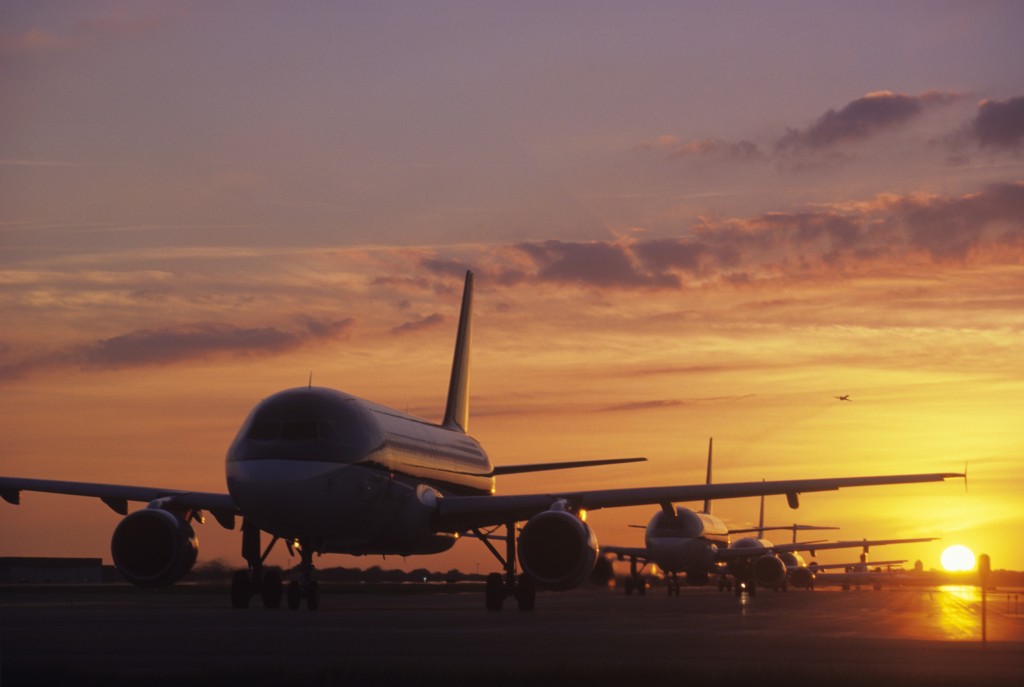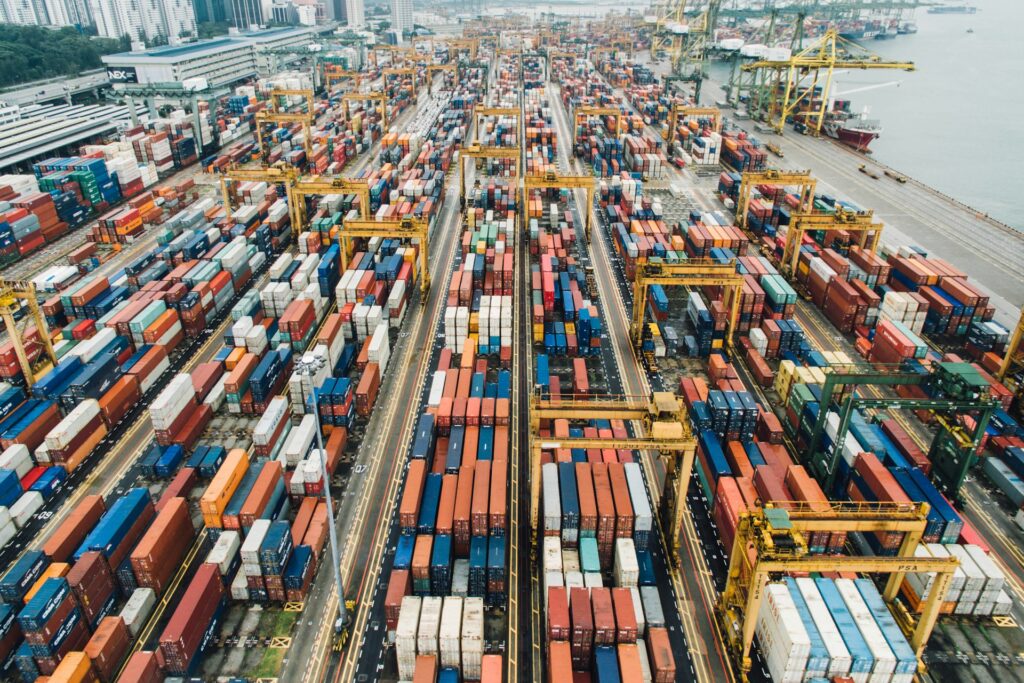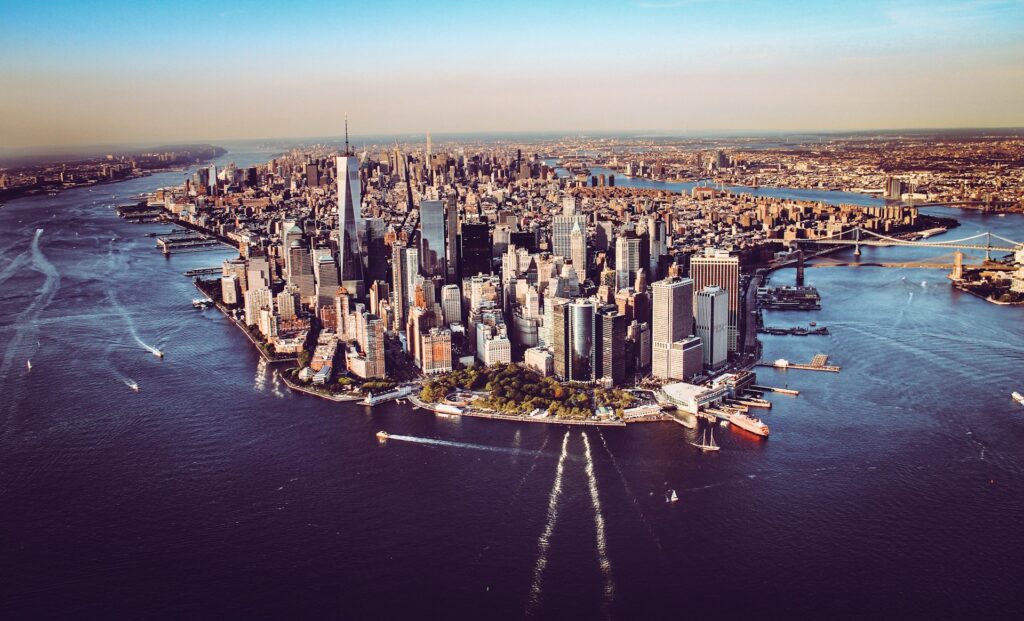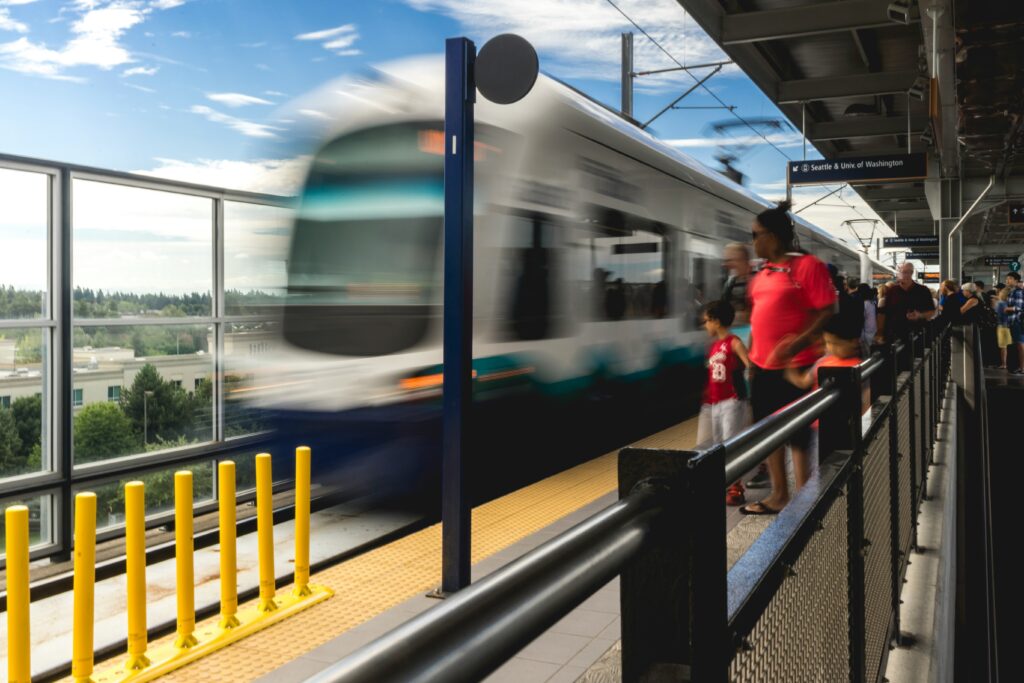Background
It is easy to forget transportation’s role in our economy and way of life; without our highways, airways, waterways, pipelines and rail lines, we wouldn’t be able to get our products to market, heat our homes, get to work, or enjoy a trip to visit family.
Yet, our transportation network is constantly aging, and lost productivity from congestion is constantly growing, making investments and innovation an imperative process to ensure safe mobility.
According to the American Society of Civil Engineers, failure to properly invest in our infrastructure could cost the U.S. over $1 trillion in business sales and 3.5 million jobs every year. With roads, bridges, and other important infrastructure barely receiving passing grades across the U.S., we must reverse these trends to impose new innovative solutions, which maximize both economic returns and infrastructure safety for our roads, bridges, utilities, airlines, and railroads.
By encouraging innovative solutions, we can build a lasting transportation network.
The Challenge
In 2022, over 43,500 bridges were classified as structurally deficient by the U.S. Department of Transportation and the American Road and Transportation Builders Association. That research suggests that 78,800 bridges should be replaced. The American Society of Civil Engineers (ASCE) gave U.S. infrastructure a D+ mark on its infrastructure report card. The Highway Trust Fund is nearing insolvency, potholes are ubiquitous, and fears of spy trains built by China wrack the public nerve.
Our nation leveraged its resources from local to federal entities to build the Interstate Highway System, then virtually abandoned the completed project without a comprehensive and deliberate maintenance plan. The dedicated fund has routinely been raided for other projects, and the revenue intake supporting it has not kept pace with inflation, or more critically, innovation. The gas tax is ill-equipped for the current reality as fuel efficiency makes enormous strides and the road is increasingly filled with hybrid and electric vehicles. The funds must be shored up and the conditions on the ground must be addressed for the sake of economic vitality and public safety.
Another challenge is the constant battle for progress in lowering accidents, leaks, and derailments in the rail network and hazardous material transport industry. While pipeline enjoys a 99.999% effective rate in petroleum transit, the rare spills can be devastating. We must constantly reevaluate our safety measures and techniques to ensure safer transit of freight and hazardous material by rail, road, waterway, and pipeline.
The Solution
American infrastructure is the unique product of our innovative people, robust competitive and dynamic market, and system of government. To bring our transportation infrastructure into the future and ensure it works for every person, we must tap into each of these resources.
Where the Highway Trust Fund is concerned, a few solutions are clear – lower spending, increase revenue, or both. The fuel tax is no longer a useful proxy for mileage and road use. For drivers to pay their fair share for the wear and tear they produce, new innovative funding is needed. Tolls, while politically odious, have seen a resurgence as toll tags and passes have made the process more efficient. Tolls may not be the answer, but highlighting the innovation in this revenue technique is important. Other solutions range from legal measures to prevent the HTF from being tapped for other projects, recalculating the formula for state and federal funding of projects, mileage-based taxes, and more.
Other issues find their origin and solution in slightly different areas of policy. A current debate exists over allowing Chinese railcar manufacturers access to federal tax dollars. Here, transportation policy overlaps with national security and economics. In addition to digital and cybersecurity risks, there is legitimate concern that it may result in market disruption and supplanting domestic industry. The proposed solution is not in highway or rail legislation, but a reauthorization of the National Defense Authorization Act, including language known as the Transit Infrastructure Vehicle Security Act.
The manifold challenges America faces extend far beyond its Interstate and urban rail. In most cases, safety and efficiency strides are made by relying on data and technological innovation. In rail, this comes in the form of Positive Train Control or continuous track geometry monitoring. For pipeline, it is constant monitoring and remote shutoff.
The world is constantly changing. We must ensure our regulatory and legal mindset is ready to adapt, welcome innovation, and promote cooperation and public safety.
Featured Works Below
Policy Blog
Policy Briefs and White Papers
Cover Title Published Keywords Download hf:doc_categories hf:doc_tags 
Driving Regulatory Innovation for Safer Railroading: How Modernizing the Waiver Process at the Federal Railroad Administration Can Revolutionize Railroad Safety, Efficiency, and Resilience and Future-Proof the Regulatory Culture Across the Entire Federal Government April, 2025 Transportation, Rail, Innovation and Technology white-papers transportation rail innovation-and-technology 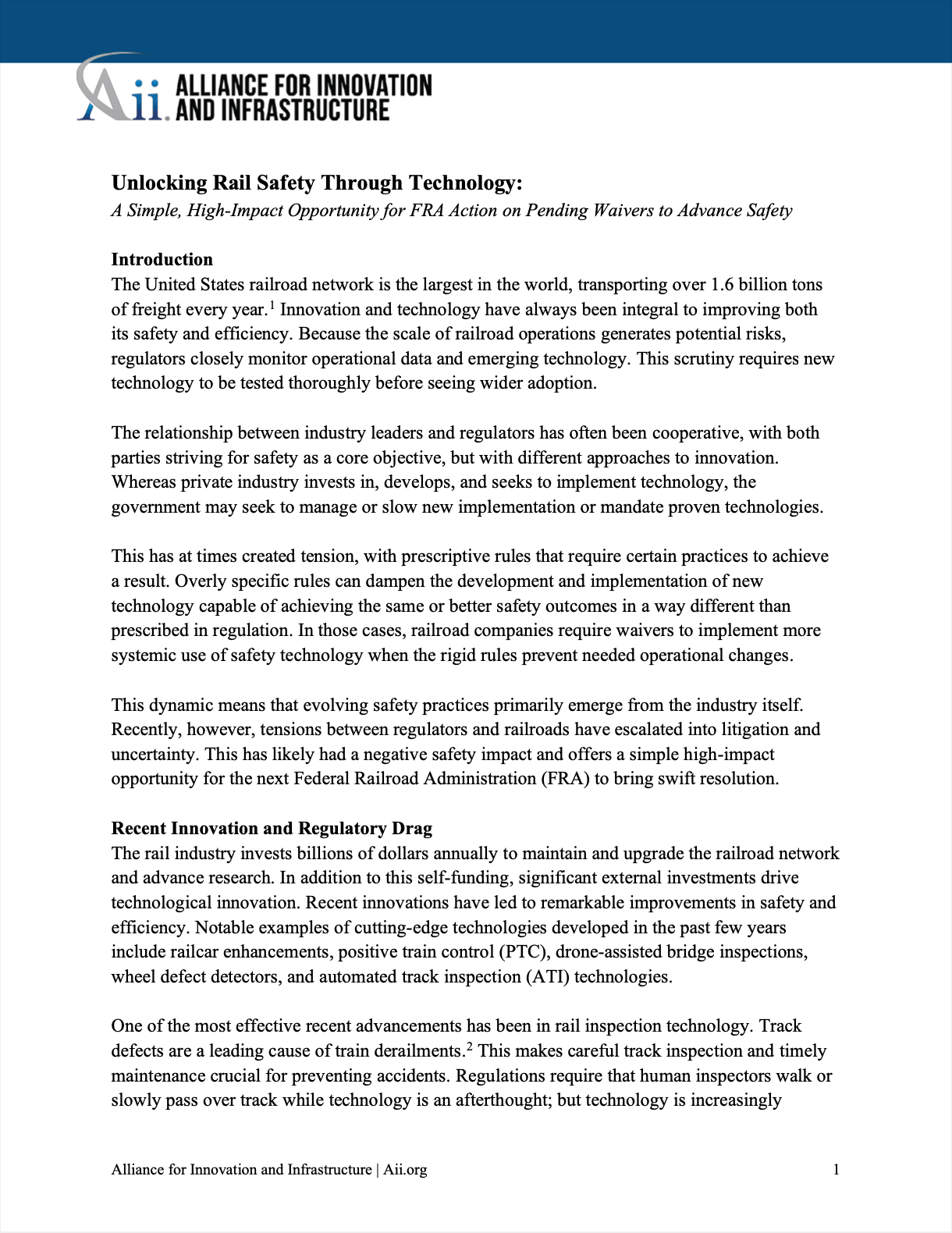
Unlocking Rail Safety Through Technology: A Simple, High-Impact Opportunity for FRA Action on Pending Waivers to Advance Safety December, 2024 Transportation, Rail, Innovation and Technology, Public Safety policy-briefs transportation rail innovation-and-technology public-safety 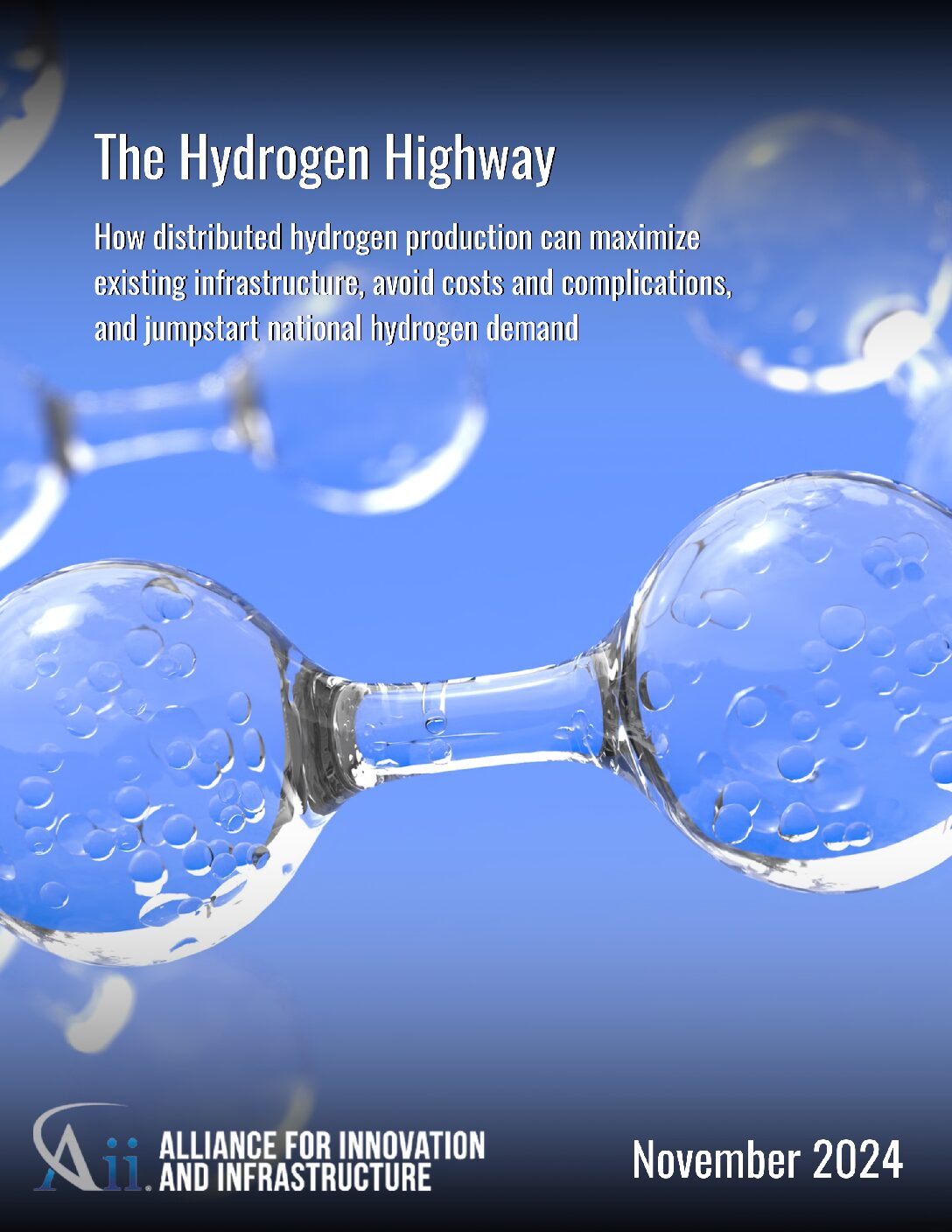
The Hydrogen Highway: How distributed hydrogen production can maximize existing infrastructure, avoid costs and complications, and jumpstart national hydrogen demand November, 2024 Transportation, Decarbonization, Energy, Hydrogen white-papers transportation decarbonization energy hydrogen 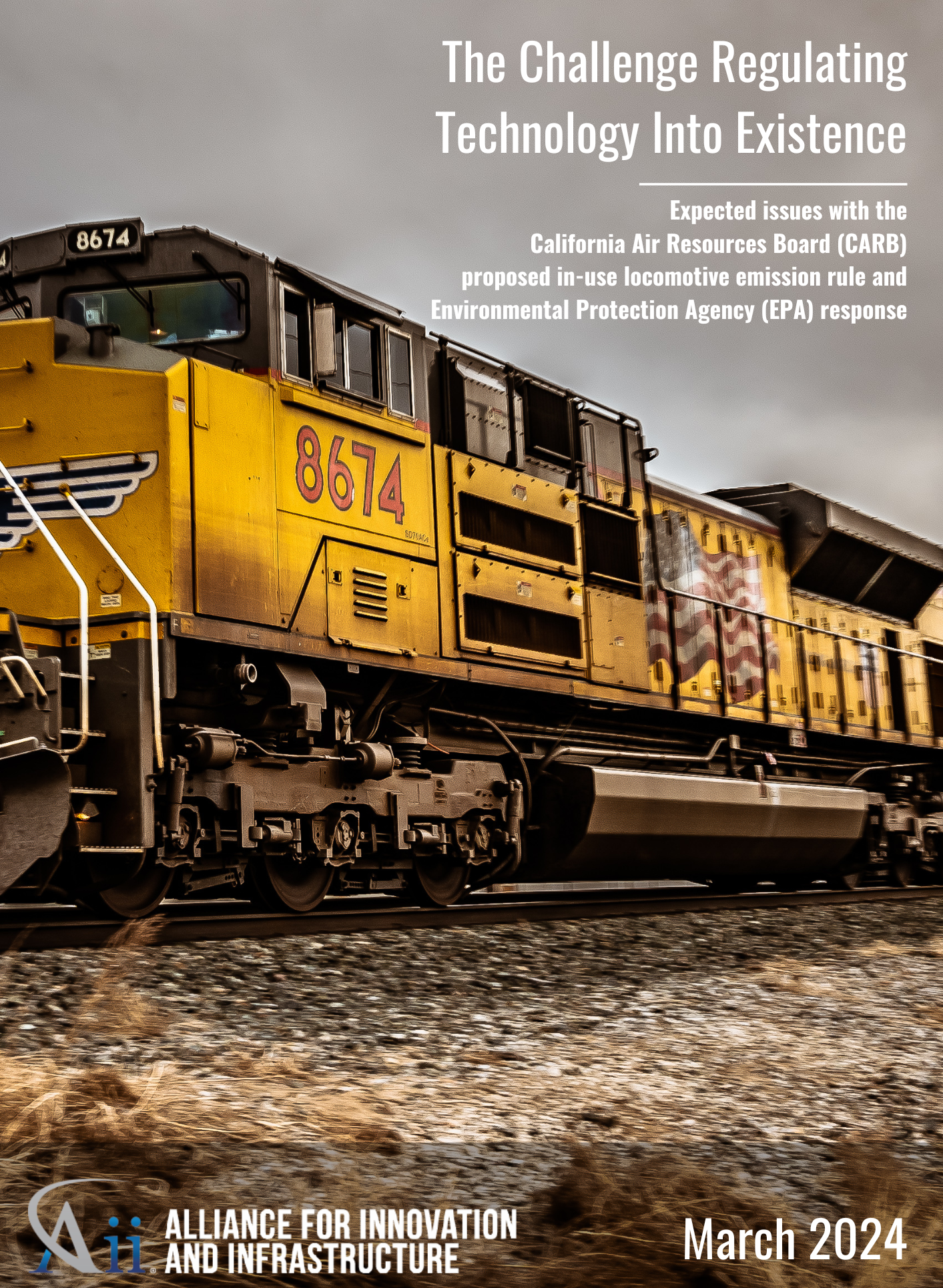
The Challenge Regulating Technology Into Existence: Expected Issues with the California Air Resources Board (CARB) Proposed In-Use Locomotive Emission Rule and Environmental Protection Agency (EPA) Response March, 2024 Transportation, Rail, Climate and Conservation white-papers transportation rail climate-and-conservation 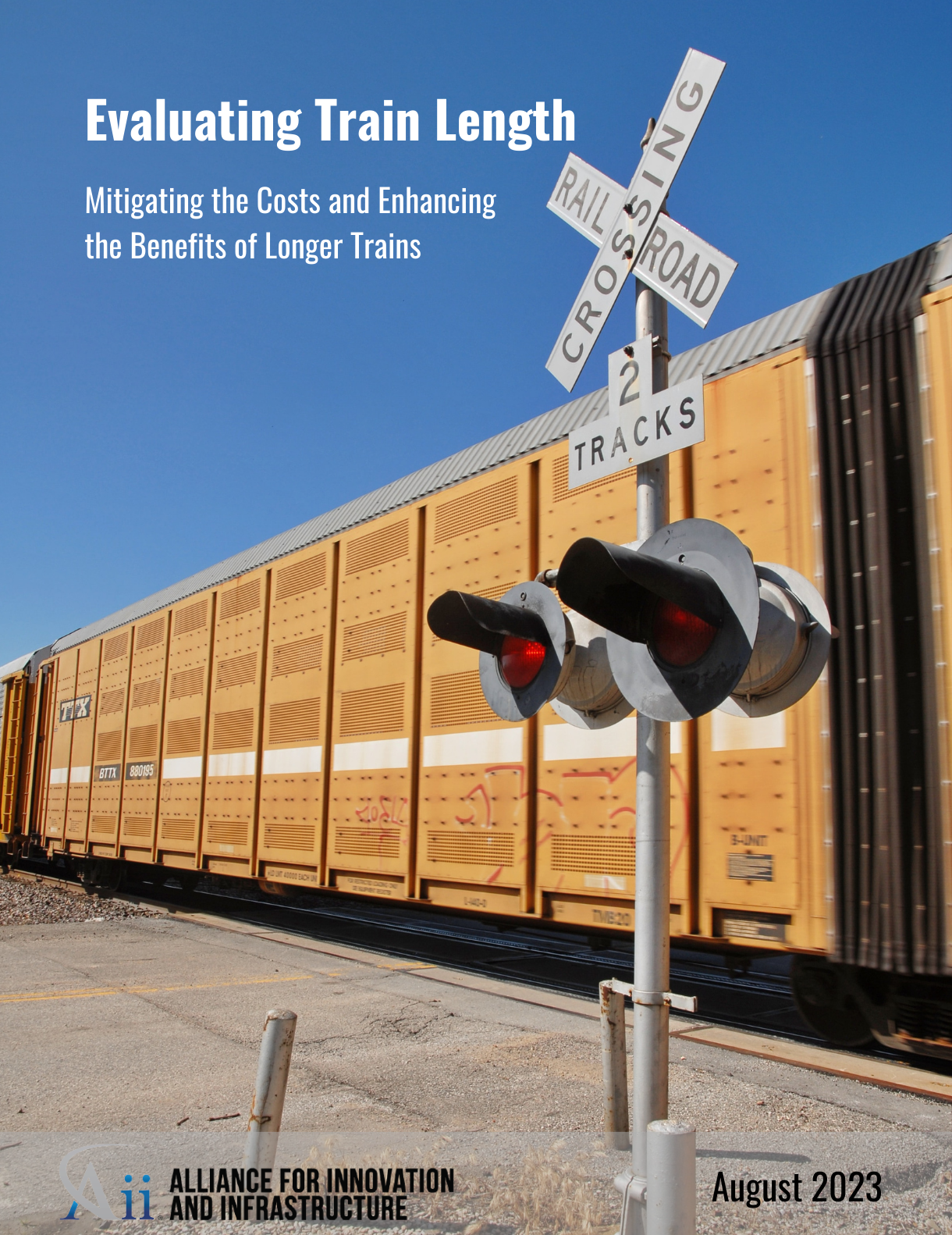
Evaluating Train Length: Mitigating the Costs and Enhancing the Benefits of Longer Trains August, 2023 Transportation, Rail, Innovation and Technology white-papers transportation rail innovation-and-technology 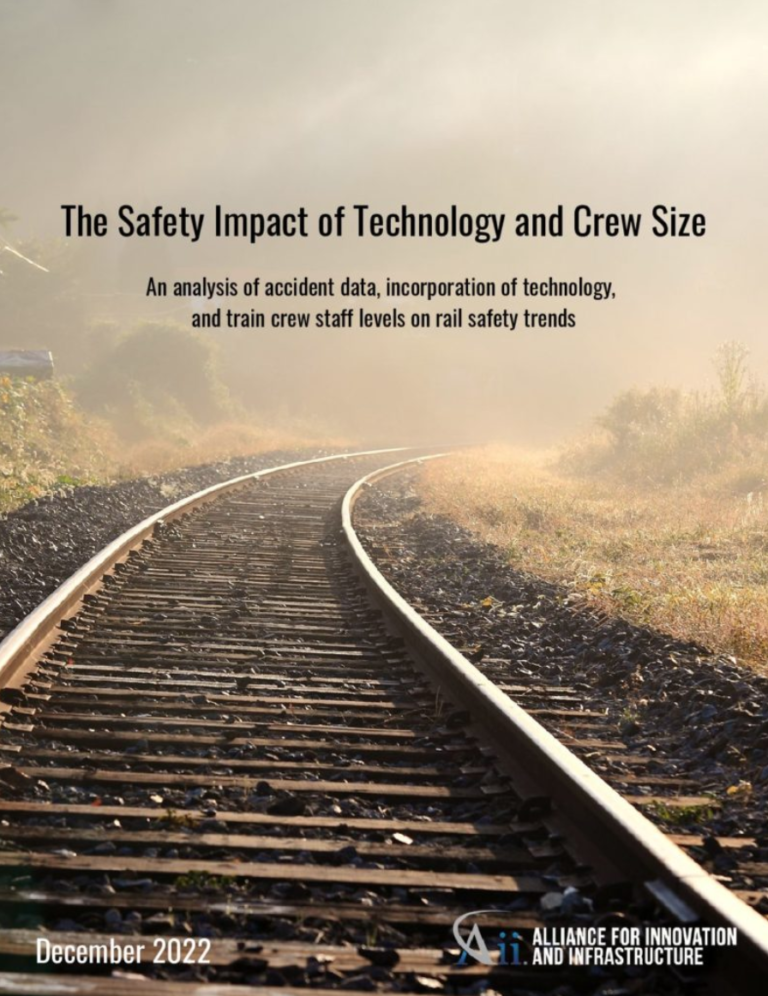
The Safety Impact of Technology and Crew Size: An Analysis of Accident Data, Incorporation of Technology, and Train Crew Staff Levels on Rail Safety Trends December, 2022 Transportation, Rail, Innovation and Technology, Public Safety white-papers transportation rail innovation-and-technology public-safety 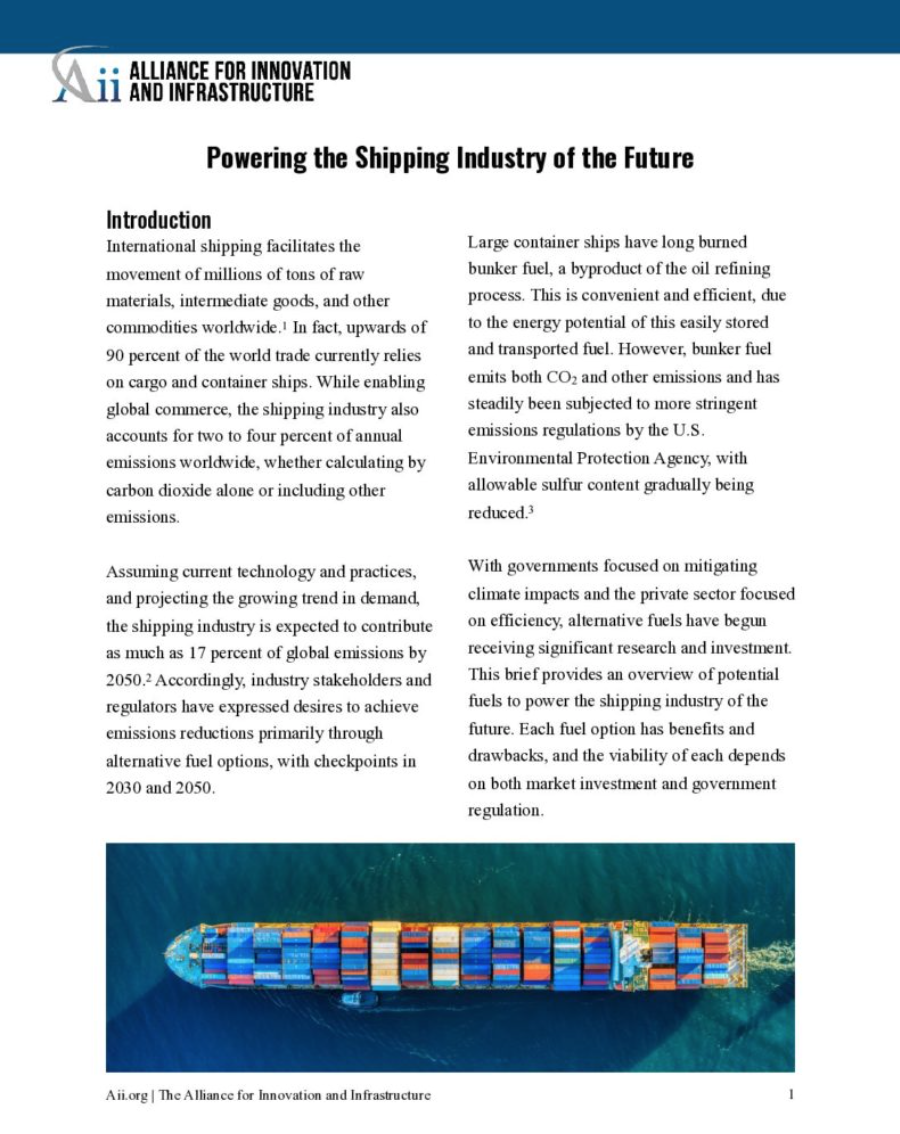
Powering the Shipping Industry of the Future May, 2022 Transportation, Climate and Conservation, Maritime policy-briefs transportation climate-and-conservation maritime 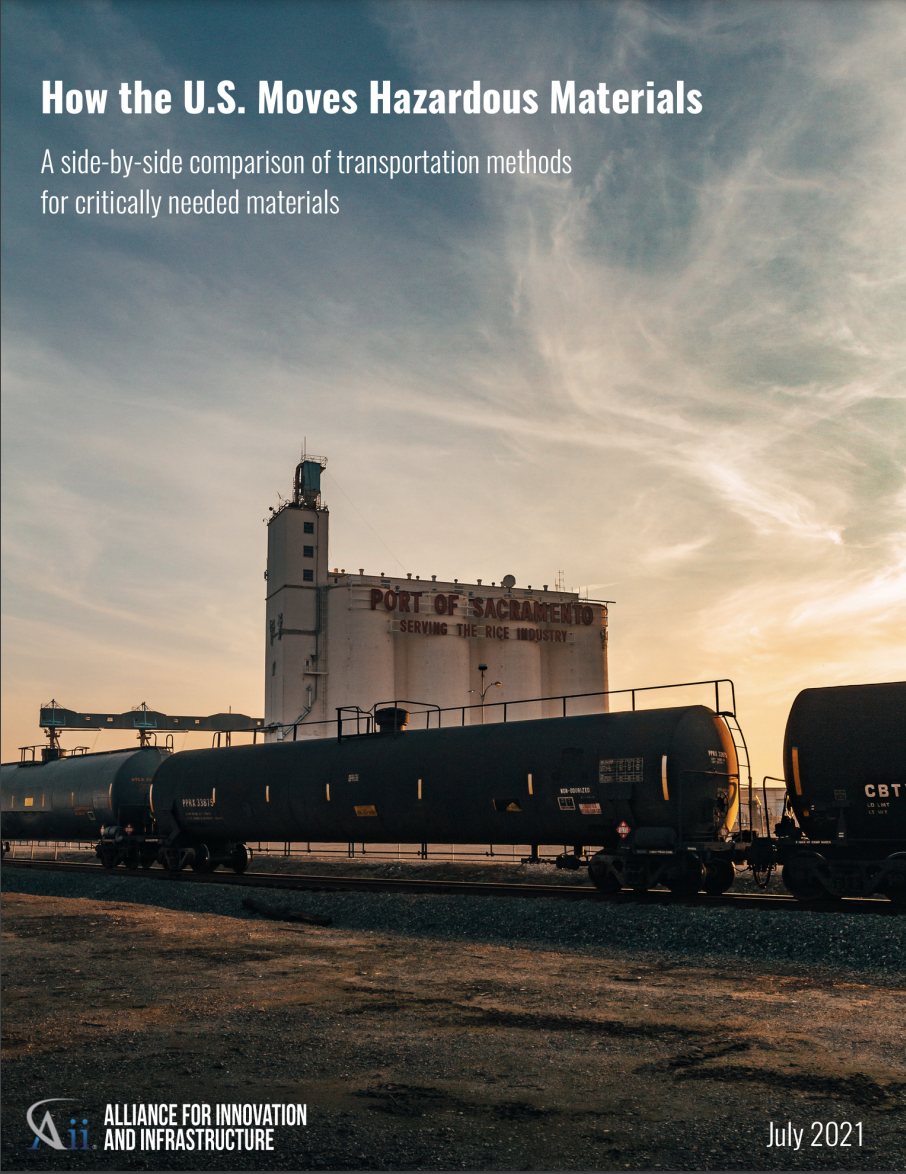
How the U.S Moves Hazardous Materials July, 2021 Transportation, Public Safety white-papers transportation public-safety 
America’s Top Infrastructure Challenges June, 2021 Transportation, Damage Prevention, Innovation and Technology, Public Safety policy-briefs transportation damage-prevention innovation-and-technology public-safety 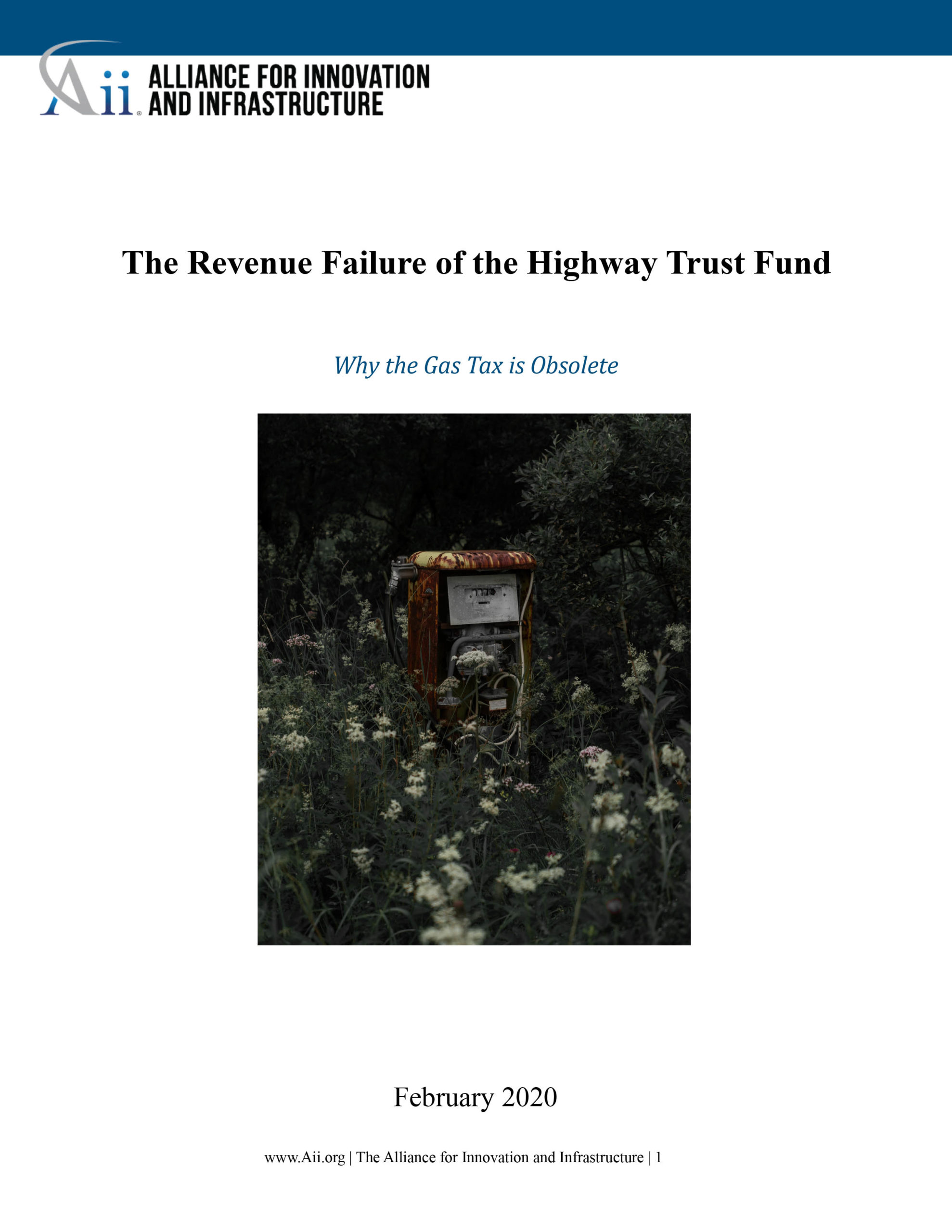
The Revenue Failure of the Highway Trust Fund: Why the Gas Tax is Obsolete February, 2020 Transportation, Economics, Petroleum white-papers transportation economics petroleum 
China’s Infrastructure Ambitions and the Transit Infrastructure Vehicle Security Act (TIVSA) October, 2019 Transportation, Rail policy-briefs transportation rail 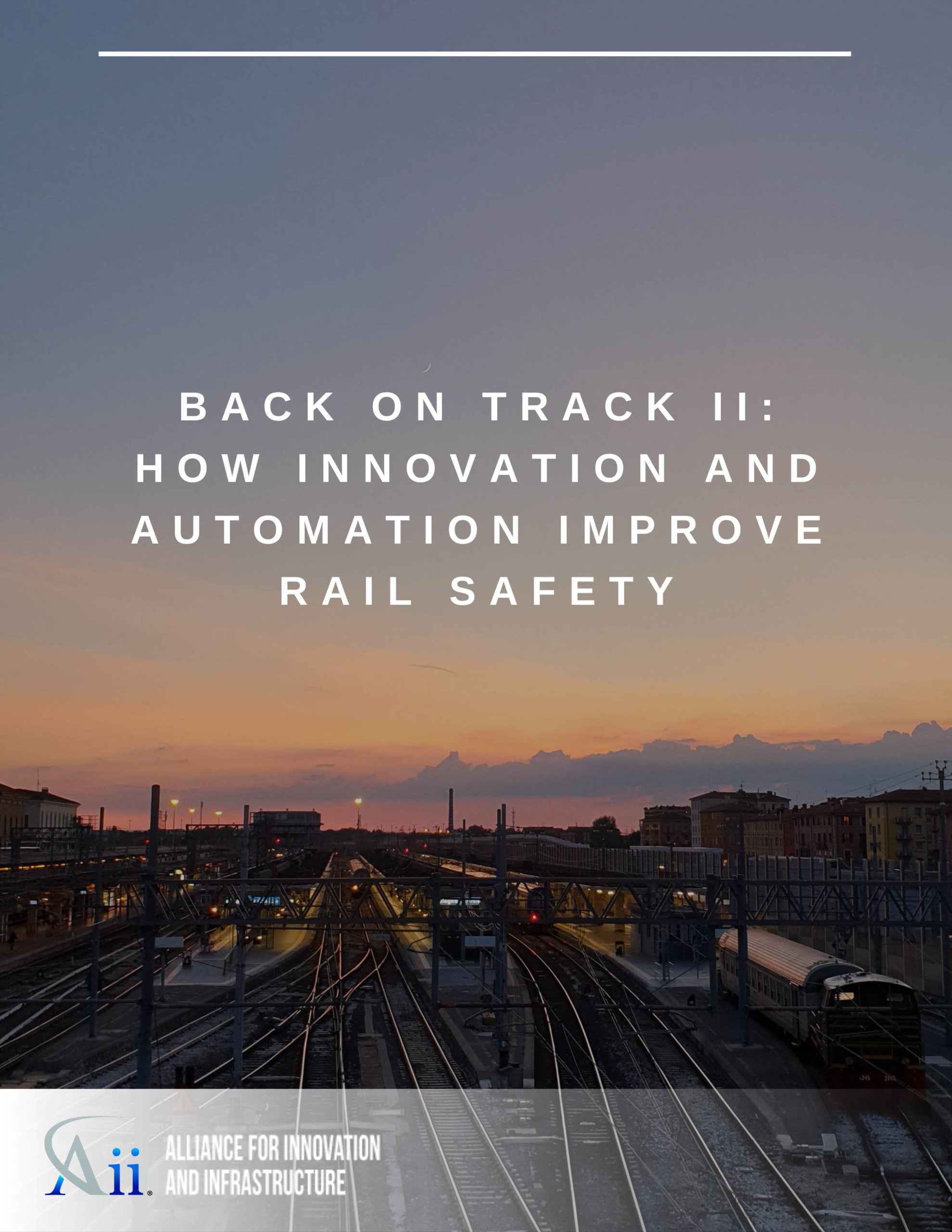
Back On Track II: How Innovation and Automation Improve Rail Safety July, 2019 Transportation, Rail, Innovation and Technology white-papers transportation rail innovation-and-technology 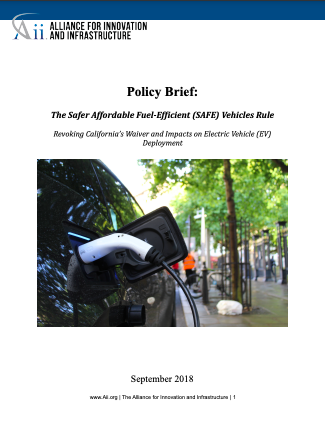
The Safer Affordable Fuel-Efficient (SAFE) Vehicle Act September, 2018 Transportation, Innovation and Technology, Climate and Conservation policy-briefs transportation innovation-and-technology climate-and-conservation 
The Safer Affordable Fuel-Efficient (SAFE) Vehicle Act September, 2018 Transportation transportation 
Challenges to Increasing Non-Federal Investment in Private Infrastructure: How Can the U.S. Turn $200B into $1.5T? March, 2018 Transportation, Energy, Innovation and Technology policy-briefs transportation energy innovation-and-technology 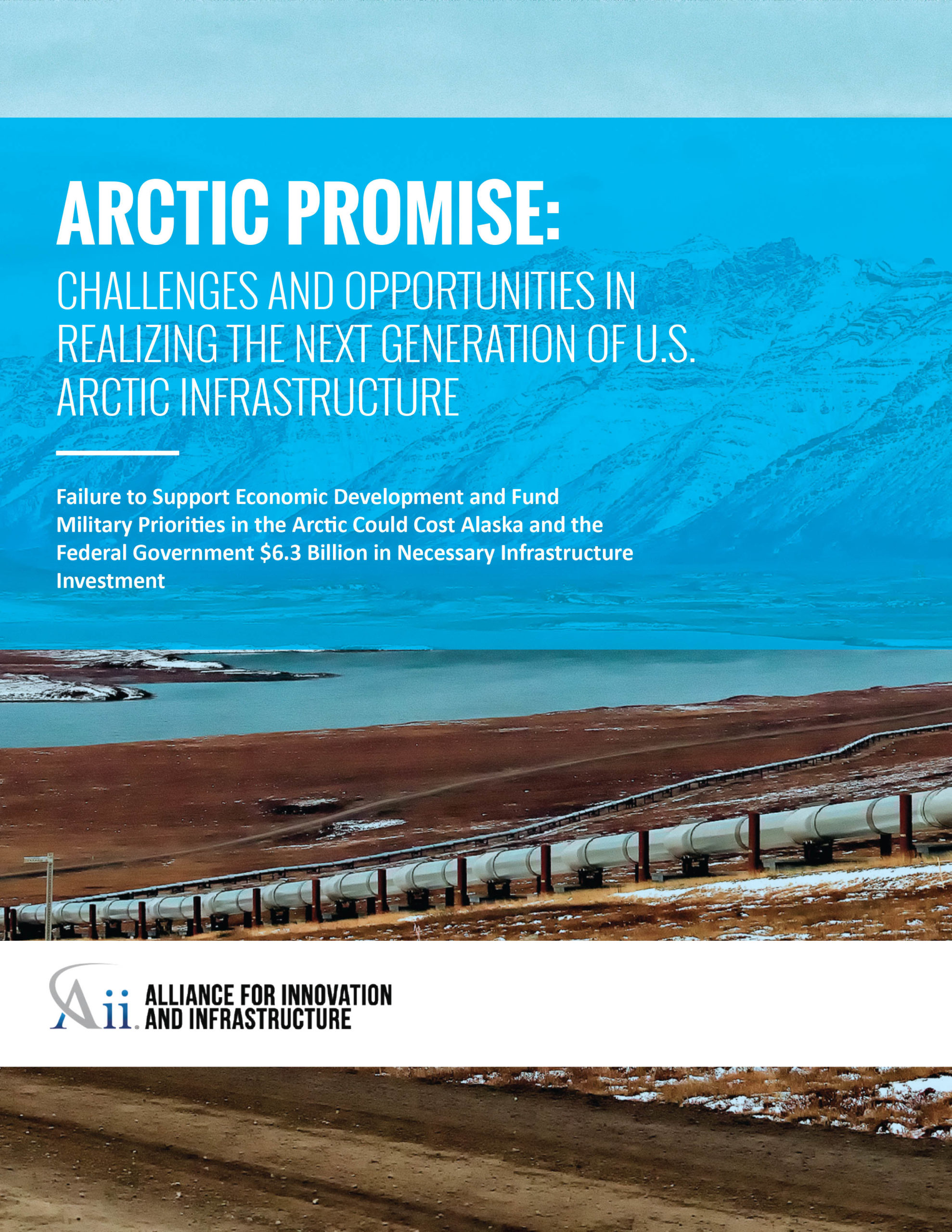
ARCTIC PROMISE: Challenges and Opportunities in Realizing the Next Generation of U.S. Arctic Infrastructure February, 2017 Transportation, Energy, Climate and Conservation, Petroleum white-papers transportation energy climate-and-conservation petroleum 
Infrastructure Resiliency: Preventing Damage Through Critical Investments July, 2016 Transportation, Energy, Innovation and Technology policy-briefs transportation energy innovation-and-technology 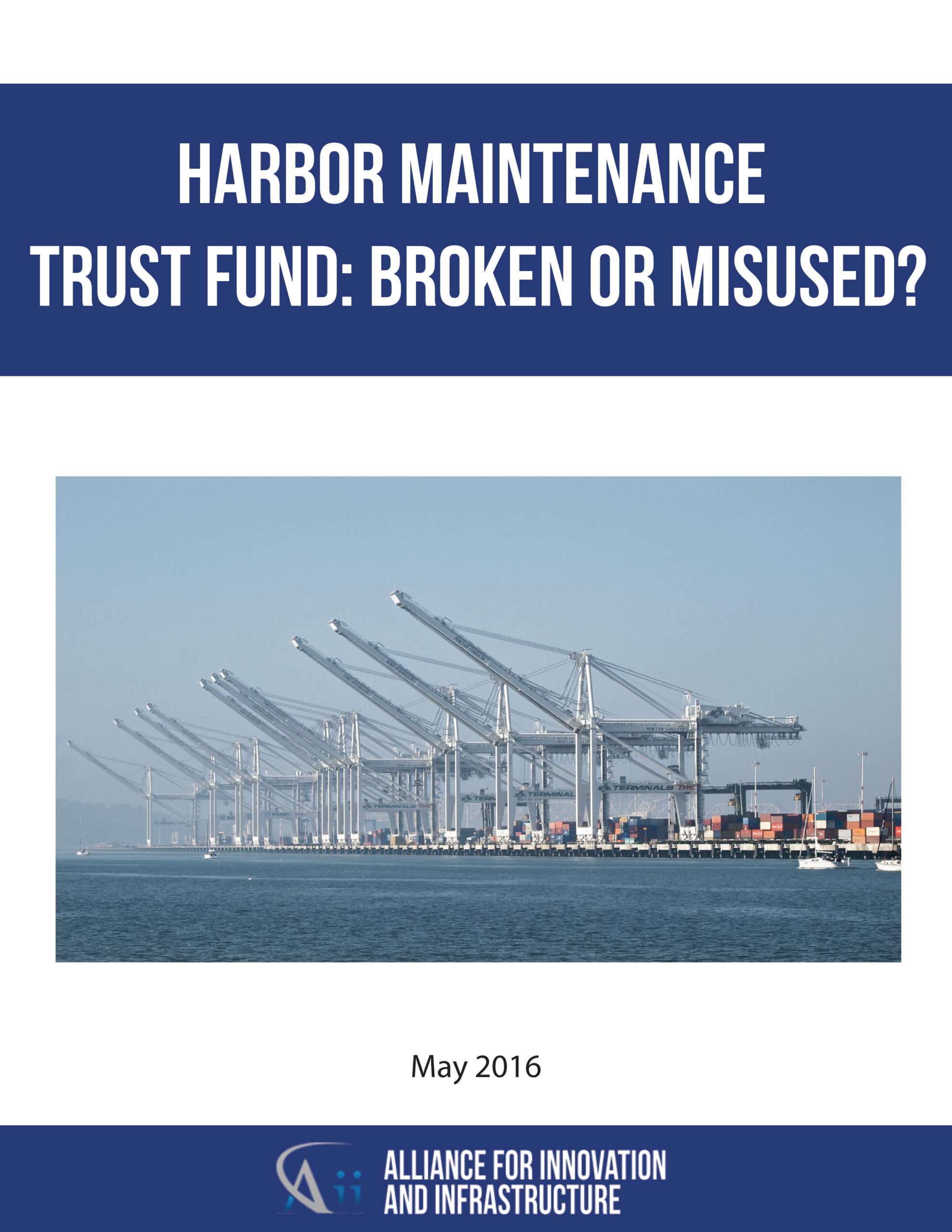
Harbor Maintenance Trust Fund: Broken or Misused? May, 2016 Transportation, Maritime, Economics white-papers transportation maritime economics 
Balancing Environmental Protection and National Infrastructure Development April, 2016 Transportation, Energy, Climate and Conservation policy-briefs transportation energy climate-and-conservation 
The Somewhat Turbulent Journey of Delivery Drones April, 2016 Transportation, Innovation and Technology policy-briefs transportation innovation-and-technology 
The Passenger Facility Charge: Hidden Tax or Needed Infrastructure Investment? March, 2016 Transportation, Economics policy-briefs transportation economics 
Are P3’s a Practical Tool to Tackle the Growing Infrastructure Debt? February, 2016 Transportation, Energy, Innovation and Technology, Economics policy-briefs transportation energy innovation-and-technology economics 
Driverless Cars February, 2016 Transportation, Innovation and Technology policy-briefs transportation innovation-and-technology 
Intelligent Roads January, 2016 Transportation, Innovation and Technology policy-briefs transportation innovation-and-technology 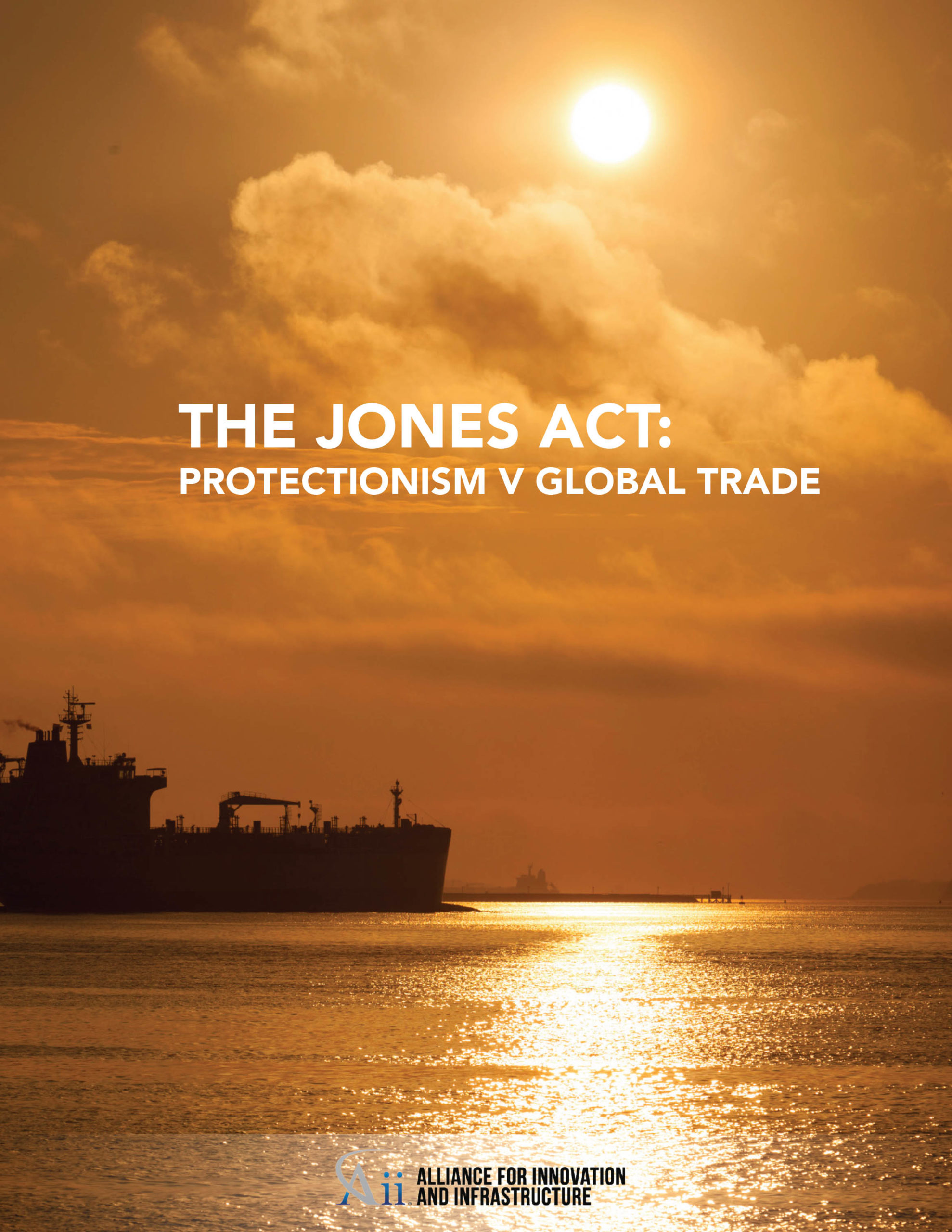
The Jones Act: Protectionism v. Global Trade January, 2016 Transportation, Maritime, Economics white-papers transportation maritime economics 
Can America Afford to Defund Rural Infrastructure? December, 2015 Transportation, Energy, Economics policy-briefs transportation energy economics 
Time Running Out for Highway Funding Bill November, 2015 Transportation policy-briefs transportation 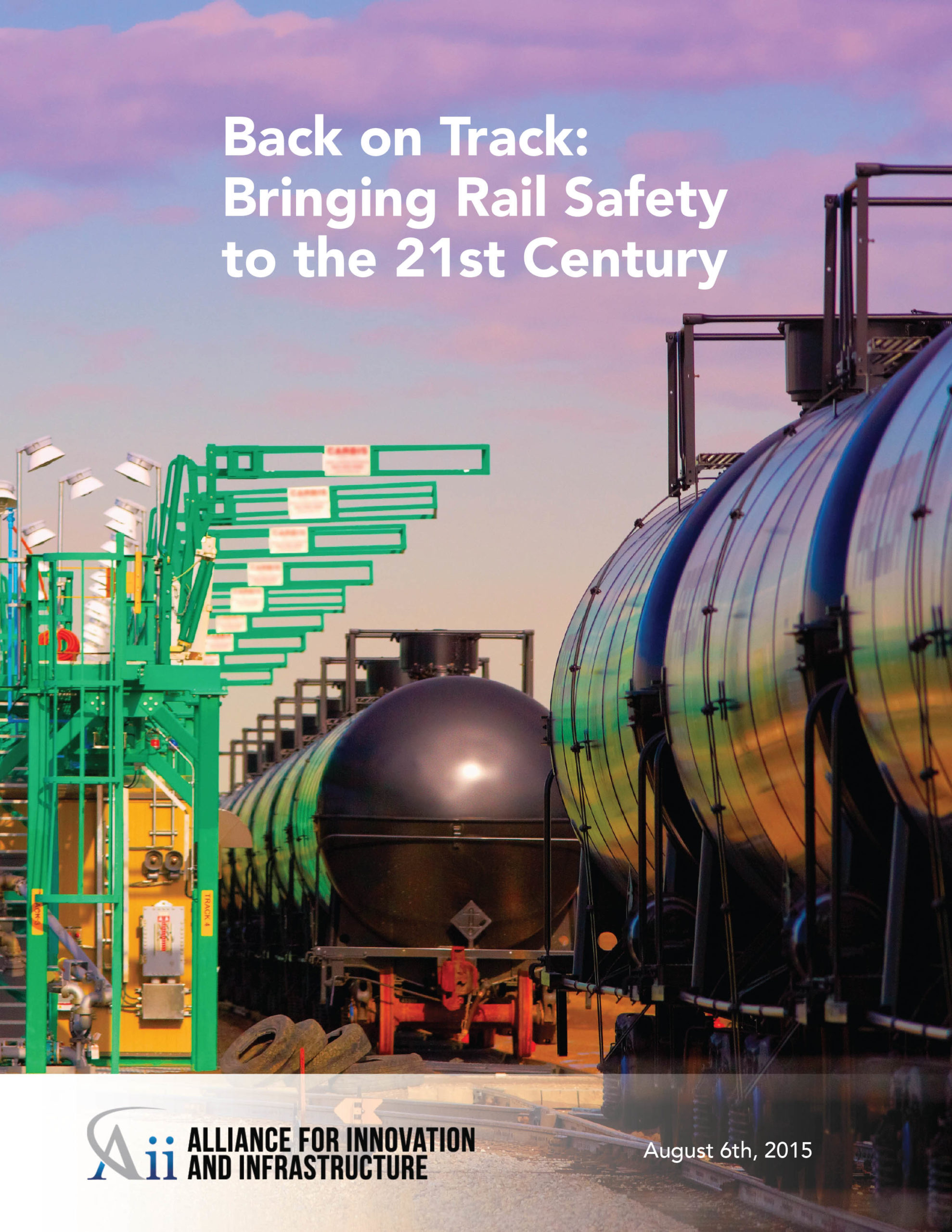
Back on Track: Bringing Rail Safety into the 21st Century August, 2015 Transportation, Rail, Innovation and Technology white-papers transportation rail innovation-and-technology 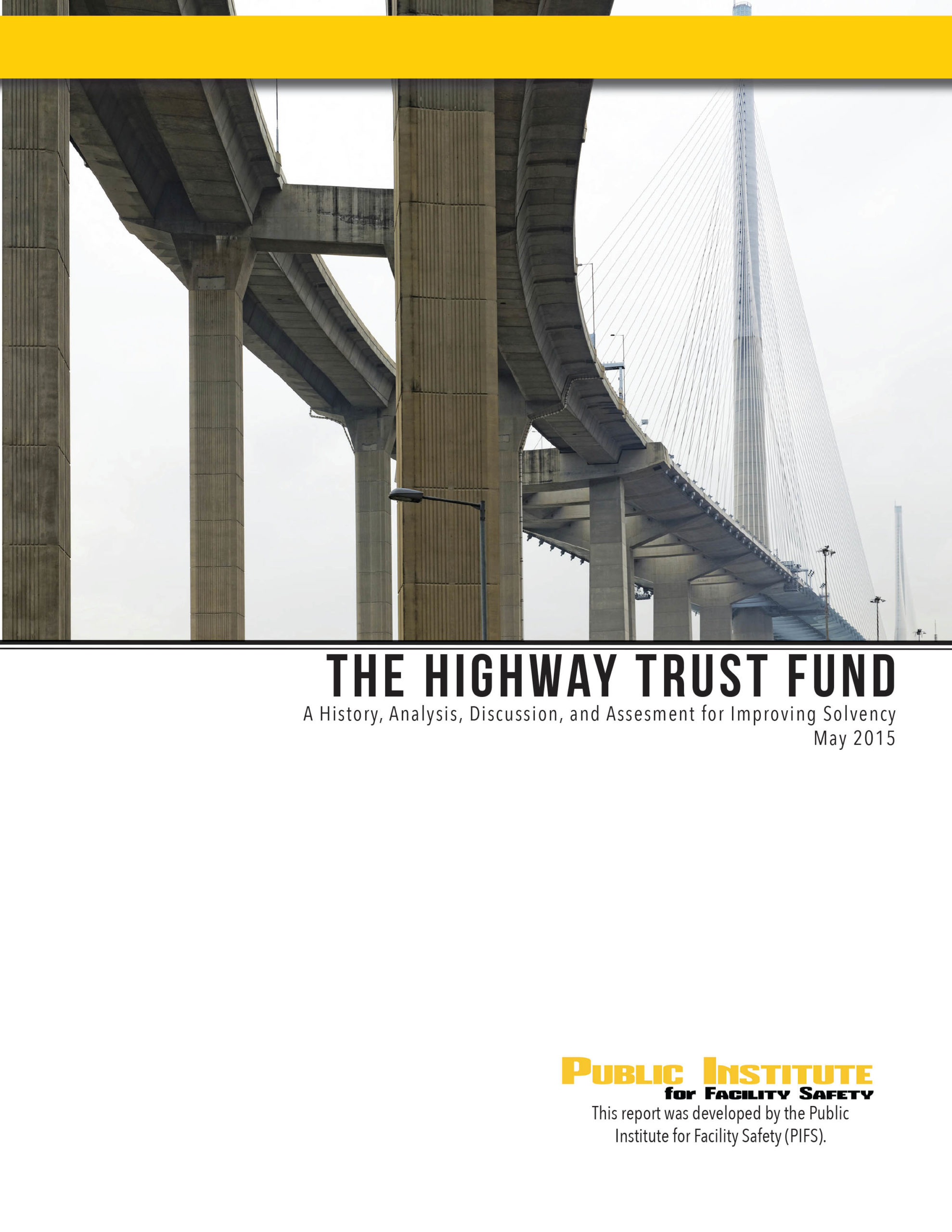
The Highway Trust Fund: A History, Analysis, Discussion, and Assessment for Improving Solvency May, 2015 Transportation, Innovation and Technology, Economics white-papers transportation innovation-and-technology economics
